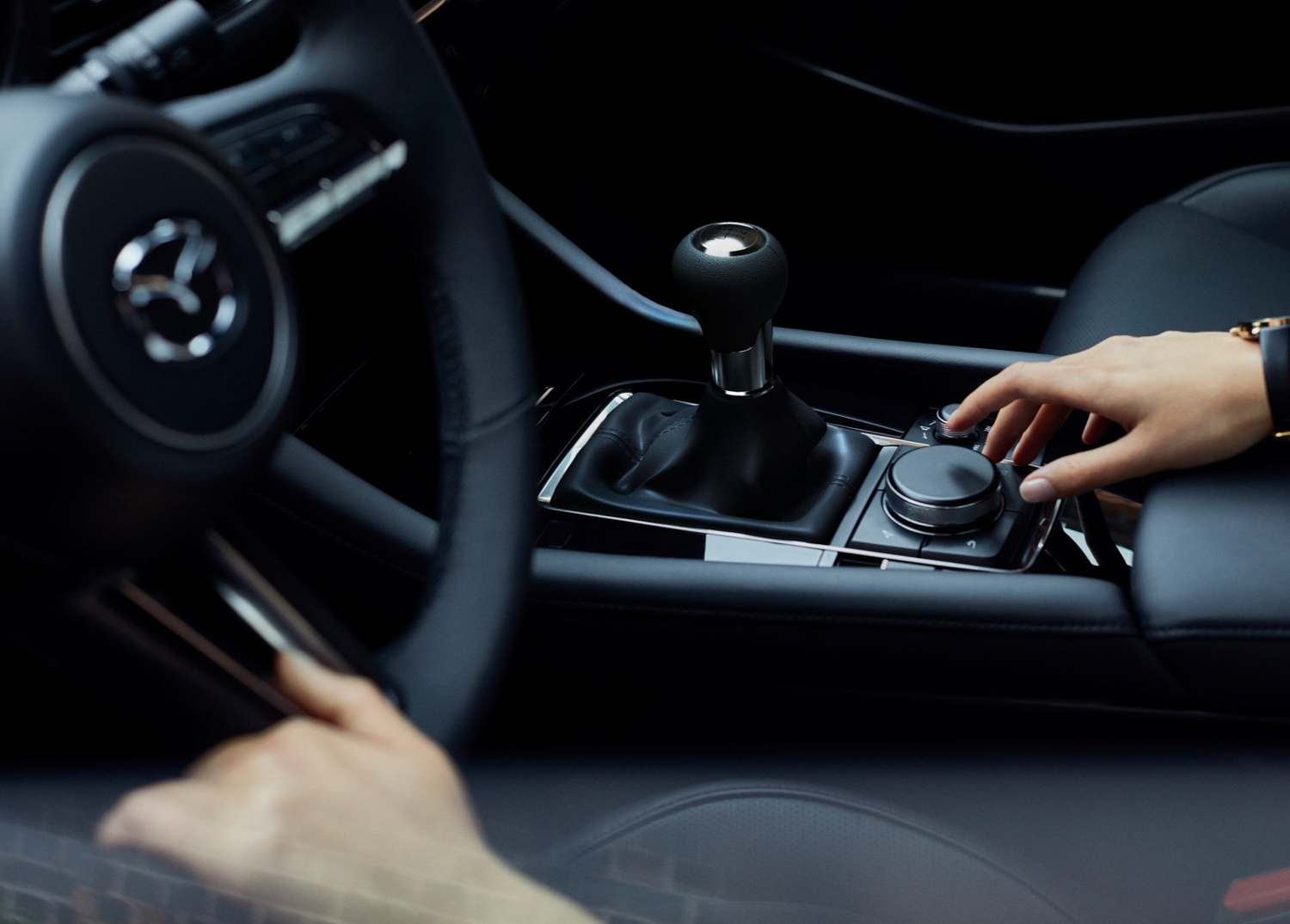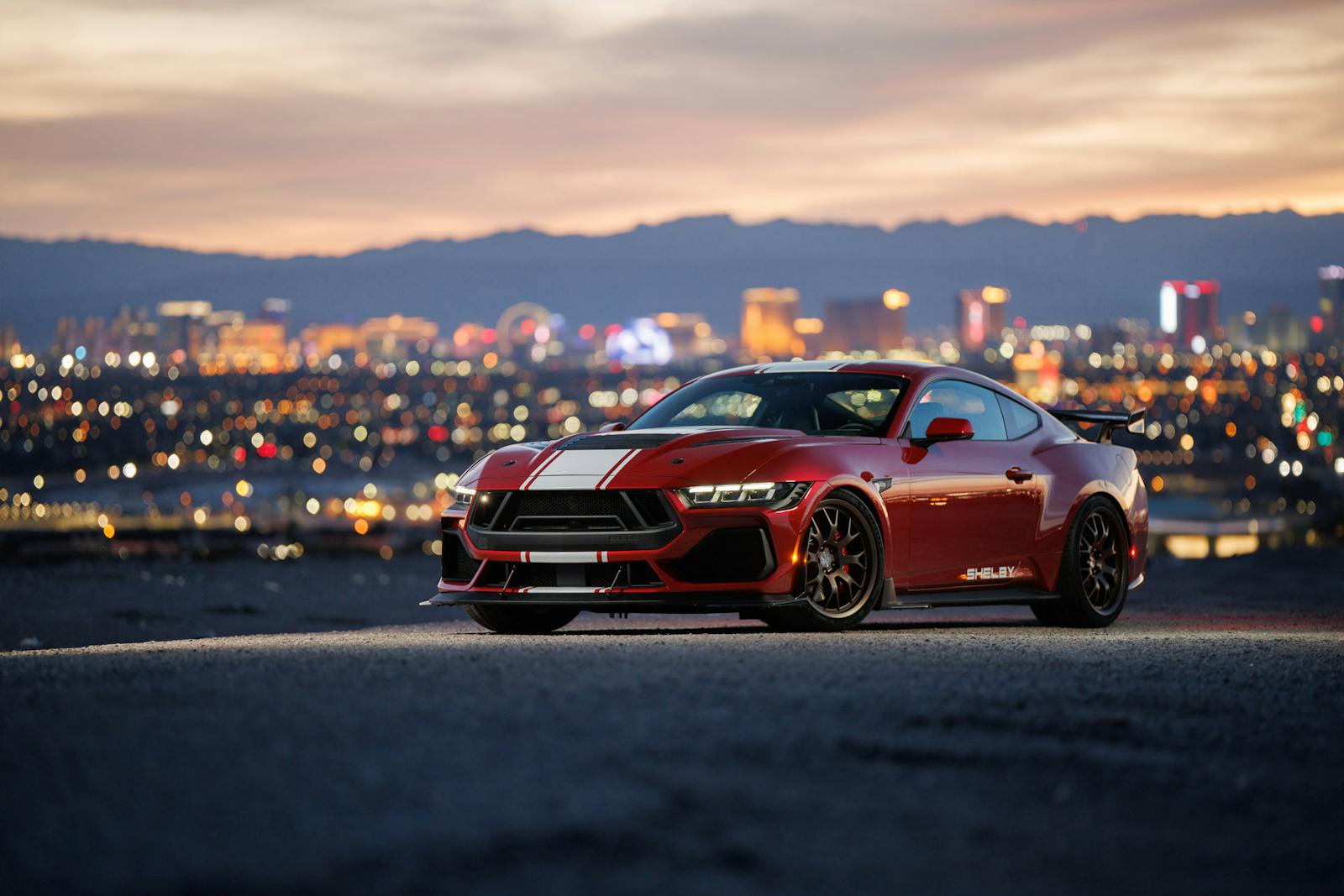The 2019 Mazda 3 is a car for car people
Mazda’s best-selling car, the compact Mazda 3, is not the company’s best seller in North America. As with every other mainstream brand, Mazda has been run over by the crossover freight train, and the company sells more than two CX-5s for every Mazda 3 it moves. Even so, that hasn’t stopped sporty-minded Mazda from bringing forth at the 2018 L.A. auto show an all-new Mazda 3, a refreshing shot of driver-oriented excitement into a class of vehicles that is under threat as companies such as GM and Ford (and even Toyota) contemplate slashing their car offerings.
Set to hit dealerships in early 2019, the Mazda 3 returns about the same size as before and again as both a sedan and a small wagon (which Mazda prefers to call “the hatchback” because the word wagon is sales poison). A 2.5-liter engine of around 185 horsepower will be the only powerplant in the U.S. at launch, the base 2.0-liter being dropped. The SkyActiv-X, a mild-hybrid homogenous-charge combustion engine (basically a gasoline engine that works like a diesel for better fuel economy) available in a year or so. All-wheel drive will come to the U.S. Mazda 3 as an option for the first time, and the transmissions will be a six-speed automatic or six-speed manual, the latter likely only available in the hatchback.
The smoothed and more shapely styling of the new sedan evokes the larger Mazda 6 but with its own athletic proportions, while the hatchback evokes—well, uh, the old Mazda 3 hatch but with a bit of a peanut-butter cookie habit. Give credit to Mazda for being bold, but the hatchback seems to have put on a few pounds in the hips as designers shrank the rear door glass as well as the hatchback glass, creating an enormous C-pillar. It looks spectacular from the rear three-quarter, less so from the side as the heaviness contrasts with the low, sleek hoodline to unbalance the design. And we’re told that this is the slimmed down version of the hatch; an earlier concept looked even heavier in the back.




Elsewhere, Mazda follows current industry fashions by pasting on a huge grille with an oversize brand badge. The hatchback has a Zagato-like double-humped roof, a cool styling embellishment that was apparently added at the last minute. Mazda earns props for paying special attention to the rear end, where, among the other lovely touches, the new taillight treatments are finessed with beautiful details. Coincidentally, Mazda’s stand at the L.A. Show was directly opposite Alfa Romeo’s, where the overall handsome vehicles nonetheless have generic rear ends that look phoned-in, an industry plague affecting many brands.
Underneath, the new all-steel structure is noteworthy for ditching a rear multi-link suspension in favor of a simpler twist-beam, an unusual feature on a car also offering all-wheel drive. According to Dave Coleman, a vehicle development engineer at Mazda R&D in Irvine, California, and the company’s defacto U.S. spokesman on all things to do with dirty bits, the twist-beam outhandles the old multi-link. “We focused on the fundamentals of tuning, getting the roll center where it needs to be, working with the bushings and shocks to get the car more neutral.” Coleman acknowledges the switch was partly a cost-savings measure, but it was also inspired by the current CX-3 small crossover, which also has a twist-beam but proved to be a willing handler.



Coleman cited more sound insulation, the company’s proprietary power steering system software, plus the overall computer integration of the steering, stability control, engine, braking, and all-wheel-drive components of its G-Vectoring Control Plus system as areas of the new 3 that Mazda is most proud. The goal is to make the new 3 feel Miata-like, especially in the way it lift-throttle oversteers into corners. To do that, the computer takes data from accelerometers as well as the steering and throttle, then anticipates the subsequent tire loading and then begins working the throttle, brakes, and all-wheel drive coupling.
So, Coleman says by way of example, as you steer into a corner, even if you don’t lift the gas, the computer will relax the throttle slightly to load weight on the tires. If it’s an AWD model, the electronic clutch in back will decouple, making the rear end more prone to move sideways and help turn the car into the corner. The inside rear brake will also drag slightly to help aim the car. As the driver unwinds the steering out of the corner, the AWD system will engage again to help drive the car out of the turn. The seamless integration of all these elements took a lot of work and added massively to the car’s software coding.
Does it all work as advertised? We’ll have to wait until we get a chance to drive one.






